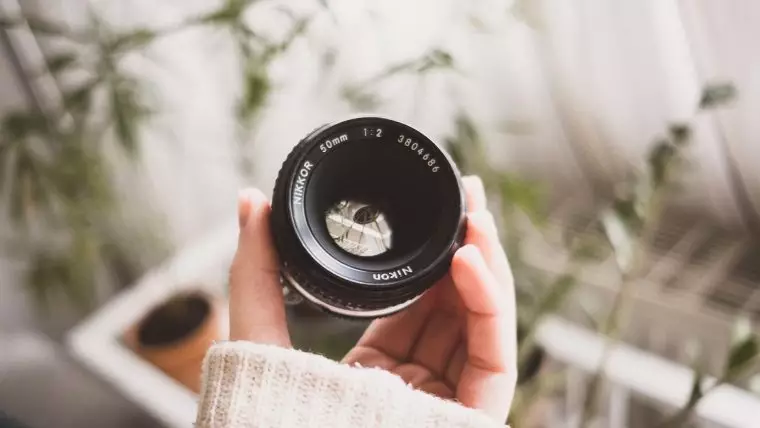
Oftentimes, when someone first gets into photography they have the urge to buy a big telephoto (zoom) lens. It looks professional right off the bat, and it gives more flexibility in composing your image. Why would someone purposefully choose to use a smaller, less “professional looking” lens? Some photographers even choose to only use prime lenses when working professionally. This is something I wondered myself when I first started picking up a camera.
Table of Contents
First, let’s start off by defining what a prime lens actually means. A prime lens is a lens with a fixed focal length lens, meaning it can’t zoom in or out. If you have a 50mm prime lens, then all your photos will have to be composed accordingly. Prime lenses typically have a focal length of 35mm, 50mm, or 85mm, but there are also wide-angle primes and telephoto primes with focal lengths below 35mm and above 85mm. So, whether you’re shooting landscape photography or portrait photography, there’s a prime lens out there that’s perfect for the job.
As a general rule of thumb, a fixed lens is always going to give you sharper, cleaner looking image. Why is this? When we look into the construction of the how the lenses are made, the optics of the glass are more precise. Think about it: if all the optics in a lens are specifically crafted to focus on one set focal length, the engineers can make sure that it is near perfect optically.

On the other hand, when we look at bigger, telephoto lenses that cover a wider range of focal lens, such as a 70-200mm lens, the optics have to be set in a way to almost average out the clarity between the set distances. Over the years, the optics have significantly improved with telephoto lenses to make it acceptably sharp throughout most focal lengths, but when compared to prime lenses they still fall short.
If you do a test on both prime and zoom lenses then you will eventually notice that prime lenses tend to take considerably much sharper images than that of a zoom lens. There is not much extra glass inside a prime lens compared to a zoom lens, as a result, you will experience less diffraction, which only goes up when there is more glass in the camera lens.
Prime lenses are almost always going to be smaller, lighter, and (for the most part) cheaper. This can prove extremely beneficial depending on what type of event you are going to be covering.
For example, if you are a journalist in a foreign country that requires you to be constantly traveling and remaining discreet, prime lenses will suit your needs. While you’ll have fewer options to frame your photos with the camera, the benefits will almost always outweigh the inconvenience. Nowadays, most cameras can now produce such high-quality files where cropping in post production is not an issue.
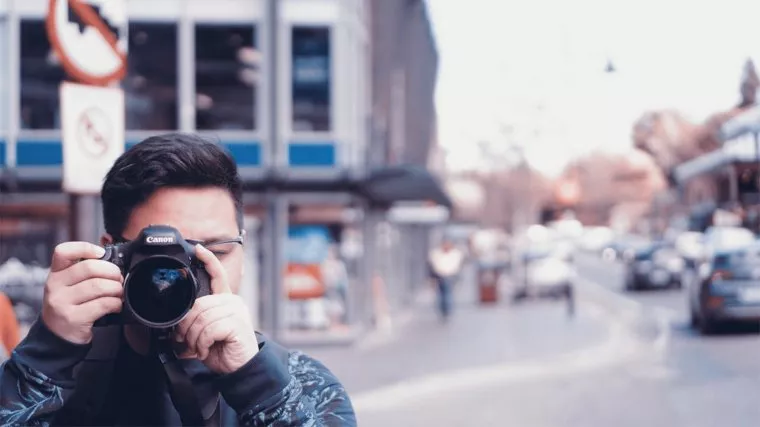
If you can train your eye to see potential in an image, even if your shot conveys an entirely different scene, you can get around not having the flexibility that a telephoto lens will give you.
To give you a real-life example, I was recently shooting in Burma. Due to my circumstances, I was using a very discreet camera lens shooting at 50mm. I was standing on a bridge and shooting two women crossing the street. I loved the leading lines of the street and the two main subjects. Even though there were many distractions in the scene, I was able to see the final image in my head. I was able to see past the in-camera image and shoot accordingly. With some cropping and editing, I was able to produce the image I saw in my head. Shooting with prime lenses can teach you to see in this way.
When I first started shooting professionally, I was constantly seeking to learn from those with more experience. I remember early on I was given some good advice by a street photographer. He encouraged me to try only shooting with prime lenses for a period of time. The reason being that I would be forced to interact with my subjects in a greater way, and be more involved in consciously composing my images in camera. This cuts out the need to crop your image later on, which means a higher quality image and forces you to be actively involved in the shooting process.
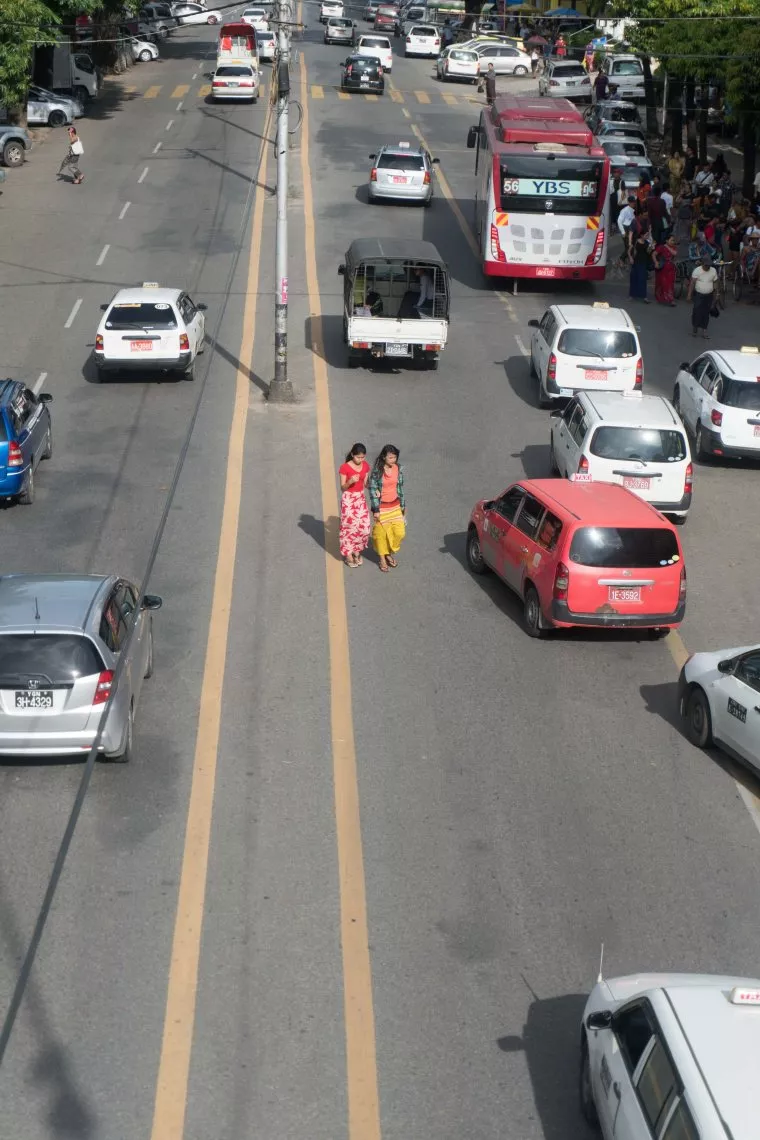
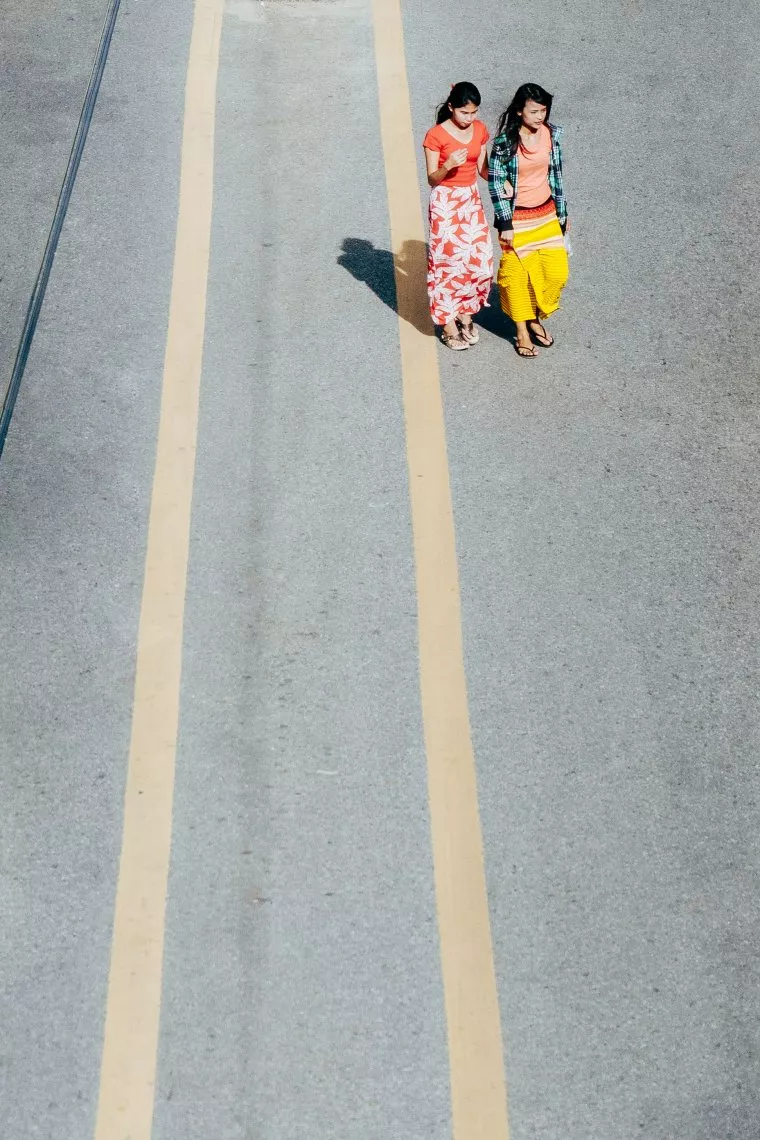
One of my favorite reasons for using prime lenses is definitely the bokeh achieved when I’m shooting. Of course, as you know, you can achieve a shallow depth of field in many different ways, but there’s something about prime lenses that create bokeh so beautiful and appealing. Most, if not all, prime lenses tend to carry a very large aperture, such as f/1.4, f/1.8, f/1.2—the list goes on and on.

It’s this large aperture that gives primes lenses the capability of capturing such beautiful and evenly blurred backgrounds. Zoom lenses don’t really have the capability of using low apertures, with the exception of the Sigma 18-35mm which has an aperture of f/1.8. Zoom lenses will usually have at an aperture of about f/2.8 or higher. If it is lower than f/2.8, then it’s not by much. The low aperture in primes lenses have proven to be an asset in many ways, but its capability of achieving amazing bokeh cannot be denied.
In addition to the low apertures that prime lenses are equipped to capture, a prime lens enables you to do low light photography with ease. This wide aperture will compensate for shutter and ISO values. With a large aperture, you can change your ISO value from 1600 to 400 very easily.

As you know, a high aperture can indeed add a lot of grain to your image, and it has the potential of ruining the image or giving you more work to do in post-production to make corrections. You now also have the freedom to bump your shutter speed up a bit to avoid any camera shakes or possible motion blur in your shots.
Primes lenses are considerably lighter than zoom lenses; you can’t deny how easy they are to carry around. For example, a prime lens such as a 24mm f/2.8 or a 50mm f/1.8 can pretty much fit in your pocket or a handbag with ease. Most, if not all, telephoto lenses may require you to travel a little bit heavier due to their size. This can be a bit of a hassle if you’re traveling often especially in a daily commute.
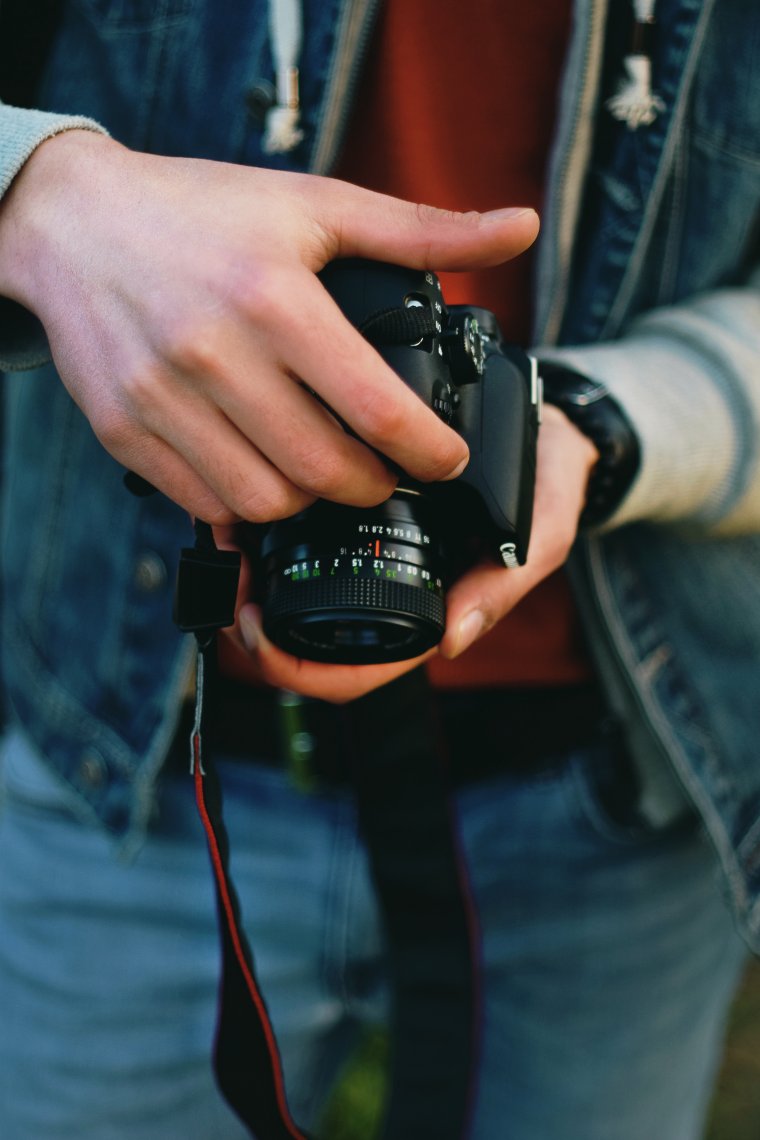
As I started out in photography, my camera came with a basic kit lens that one would expect to get with a DSLR. I gradually started to explore possibilities of what a kit lens was capable of, and over a period of time, I found myself becoming bored with them and not getting what I expected or getting what I saw some of my favorite photographers were doing. Over this period of time, I was told that a 50mm lens is one of the first lenses a beginner in photography should get. I didn’t really understand why until my first 50mm arrived in the mail. Very excited and filled with anticipation, I ran for my camera and mounted it on it right away. I can assure you I fell in love instantly.
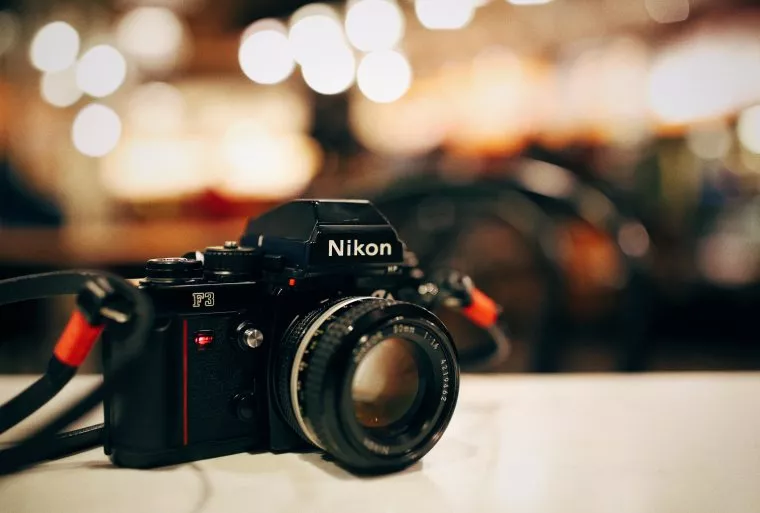
Having a prime lens taught me a lot more about the basic foundations of photography, such as composition and essential settings when shooting. This encouraged me to purchase other prime lenses, such as a 24mm and 85mm lens, which up to this day I do not regret getting. A primes lens will teach you a lot about photography without you even really noticing it.
Canon, Nikon, Sony, Olympus and Fujifilm are just some of the big names in the camera market today. Add to this the complexity and large product lines of cameras and lenses, and you’ve got a complete range of options. This article is designed to help you to narrow down the type of lenses that are right for you. We’ll discuss the pros and cons of both prime lenses and zoom lenses.
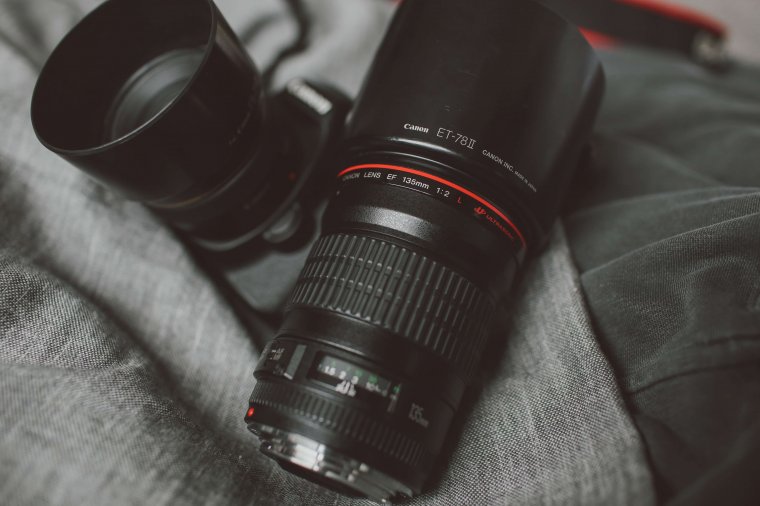
Prime lenses are much, much cheaper than their zoom counterparts. The reason for this is because it’s much simpler to design prime lenses which only covers one fixed focal length than it is to design zoom lenses which cover a range of focal lengths. Because it’s much cheaper to buy prime lenses, sometimes you can buy multiple prime lenses for the price of one zoom lens.
Another advantage of a fixed lens is that they have great image quality. The general rule is that a prime lens at the same focal length as a zoom lens will always win the image quality contest.
Because prime lenses require you to move around to compose the image how you want it, they are great for photographers who are still developing their technique. It forces photographers to always think about how to compose and image and think on their feet, literally.
One of the other great things about prime lenses is that they are very compact and light, making them perfect for travel photography and street photography. For example, the Canon EF 40mm f/2.8 Pancake Lens weighs only 4.6 oz (130 g) and the dimensions are only 2.7 x 0.9″ (6.86 x 2.29 cm). This lens is so small, it can fit in a pocket!
One last advantage that I’d like to mention regarding prime lenses is that they have a larger maximum aperture, which means they can shoot at faster shutter speeds and work better in low-light settings.
Although prime lenses have many great qualities, they do have negative factors. For example, prime lenses are limited in their function. In locations where the photographer can’t freely walk around, like in wildlife photography, it may not be possible to get closer to or farther away to the subject. This means there may be some shots that are not possible to take due to the fixed focal length, so you’ll need to use one with a variable focal length.
The other disadvantage of prime lenses is that you have to carry multiple lenses in order to cover a range of focal lengths. It may require that you have a bigger photography travel bag and bring more accessories, such as filters, for each lens.
Some photographers swear by zoom lenses, and will only shoot with this type of lens. They like the fact that zoom lenses can cover a wide range of focal lengths, so they only have to carry one or two lenses at a time. This convenience is very helpful for professionals who are hired to take pictures in fast-paced events, such as weddings or sporting competitions. Sometimes in these conditions, even the quick process of changing a lens (5-10 seconds) means missing the opportunity to take an important shot.
If you’re looking to improve your photography, a prime lens is the way to go. The best part? They’re not as expensive as you might think. We hope this guide has helped you see the value in adding a prime lens to your camera bag—and that you’ll be inspired to take some amazing photos with it!